Living
Bottled Water Ranked: See Which Brands Are the Best
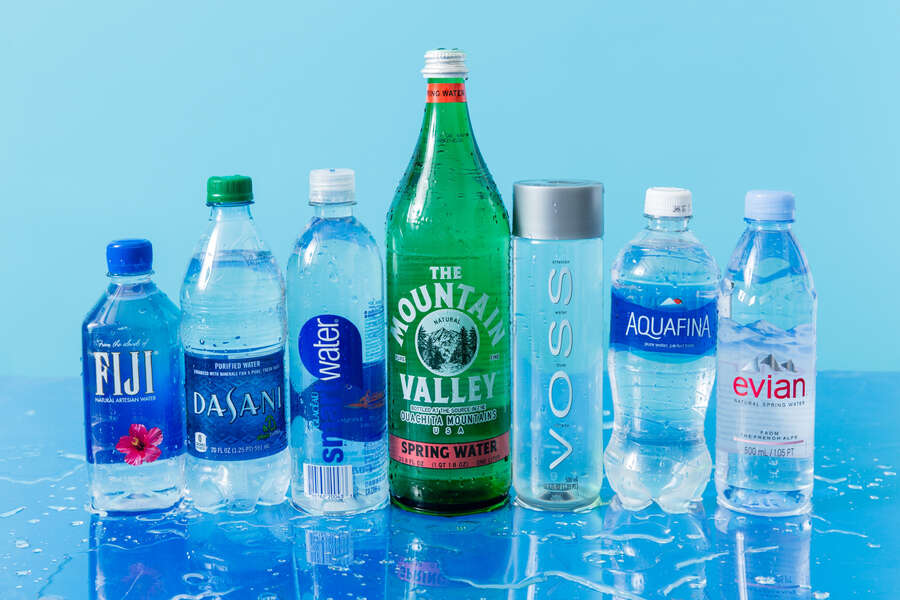
When it comes to staying hydrated on the go, bottled water has become a popular choice. However, not all bottled waters are created equal. From natural springs to purified sources, the quality and taste of bottled water can vary significantly. In this article, we will delve into the science behind determining the goodness or badness of bottled water and rank them accordingly.
The quality of bottled water is assessed through various scientific factors. First and foremost, purity is paramount. A reliable water source, free from contaminants, ensures its safety for consumption. Water is tested for the presence of chemicals, heavy metals, and microorganisms that may pose health risks.
Additionally, taste plays a vital role. The mineral content, pH level, and overall balance of flavors contribute to the enjoyable drinking experience. Water with a pleasant taste profile is often preferred by consumers.
By understanding the scientific aspects that influence water quality, we can rank bottled waters from worst to best. Join us on this informative journey as we unveil the secrets behind the labels and explore the factors that make some bottled waters stand out from the rest.
Worst: Aquafina
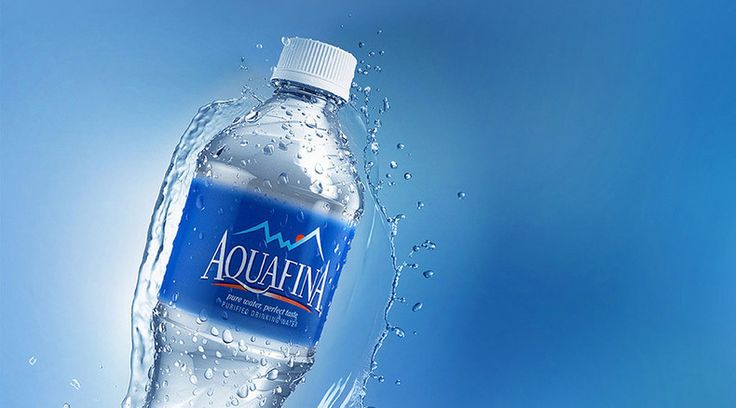
Owned by PepsiCo, Aquafina is a brand of bottled water. Many people don’t know that Aquafina obtains its water from the same municipal water supply as tap water, despite the fact that it is widely accessible and reasonably priced.
Furthermore, Aquafina lacks transparency regarding its purification methods. Without detailed information, it is challenging to determine the effectiveness of the filtration process and the removal of impurities.
In contrast, other bottled water brands provide more explicit details about their sources and purification techniques, allowing consumers to make more informed decisions.
Aquafina ranks at the bottom of this list because it is basically just tap water that has been filtered and packaged.
Worst: Dasani
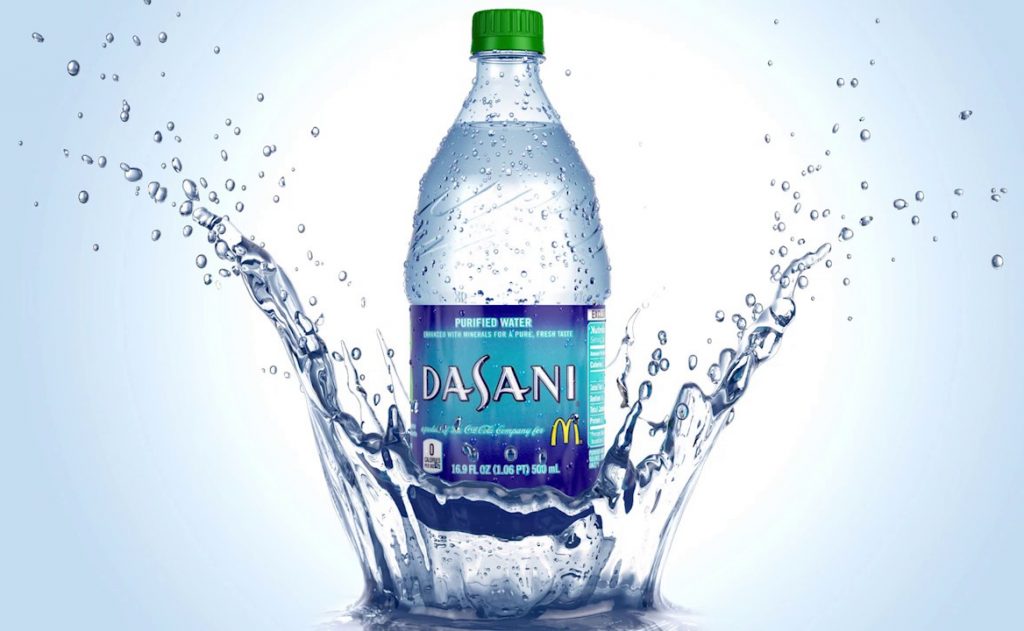
Coca-Cola owns the bottled water brand Dasani as well. Similar to Aquafina, Dasani obtains its water from the public water system and treats it with a special mineral mixture to make it taste more “pure.” Drinking Dasani does not necessarily make it any healthier than drinking tap water, and some individuals have even complained about an odd aftertaste.
One prominent concern with Dasani revolves around its purification process. The water used in Dasani undergoes reverse osmosis, a filtration method that removes impurities but also eliminates essential minerals found naturally in water. This process can potentially leave the water devoid of important minerals that contribute to its taste and potential health benefits.
Dasani has faced criticism for the presence of certain additives, such as magnesium sulfate, potassium chloride, and salt, which are used to enhance taste and maintain a consistent flavor profile. While these additives are considered safe in regulated quantities, their presence may raise questions among consumers seeking a more natural and minimally processed option.
Worst: Crystal Geyser
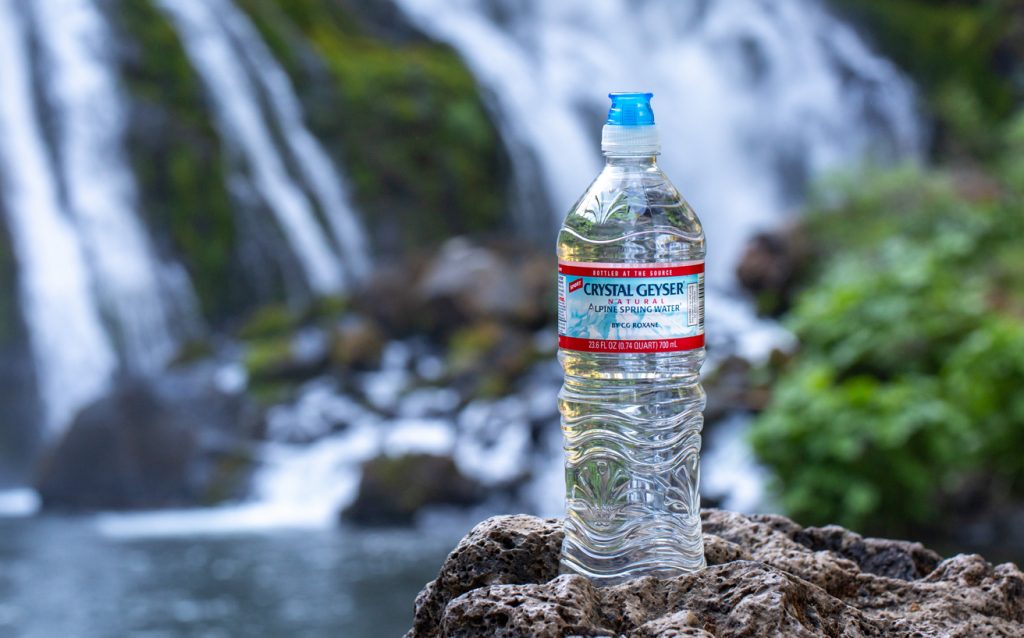
A brand of bottled water called Crystal Geyser gets its water from natural springs and aquifers. While this may appear to be a positive benefit, Crystal Geyser has already generated controversy since some of its water sources have been found to contain arsenic. The environmentally unfriendly packaging that Crystal Geyser uses, which is comprised of non-recyclable plastic, has also drawn criticism.
The water used in Crystal Geyser bottles comes from natural springs, but the brand has faced allegations of misleading labeling. It is crucial for consumers to know the true source of their bottled water for transparency and informed decision-making.
Worst: Nestle Pure Life
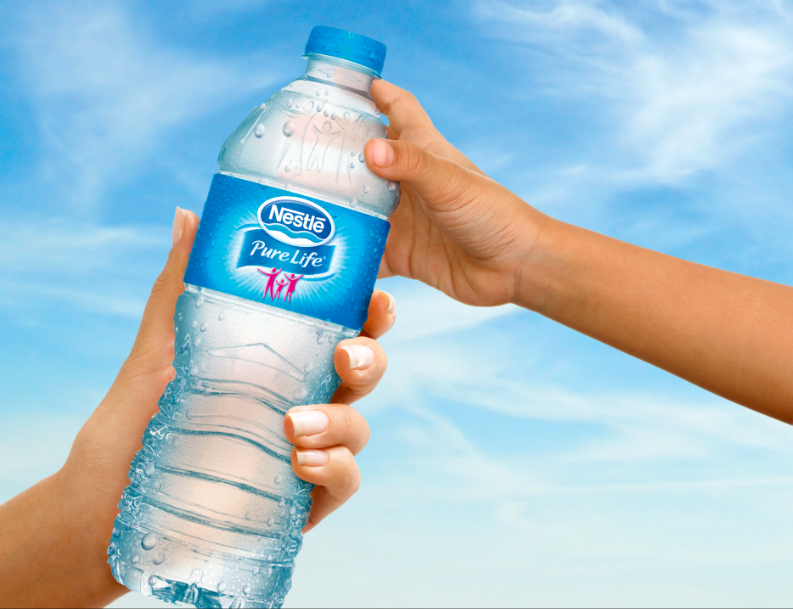
Nestle Pure Life is a brand of bottled water that sources its water from both municipal sources and natural springs. While Nestle Pure Life does use some filtration and purification processes to treat its water, it has faced criticism for its environmental impact, as well as for its association with Nestle, a company that has a history of unethical business practices.
Nestle Pure Life lacks transparency regarding the specific purification techniques employed, making it challenging to evaluate the thoroughness of the filtration process and the removal of impurities.
Mixed Reviews: Arrowhead
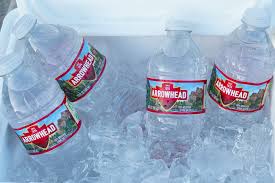
Arrowhead bottled water has received mixed reviews and may not be favored by some individuals. One common complaint about Arrowhead water is its taste. Some consumers find the flavor to be bland or have a slight aftertaste, which may be attributed to the water source and treatment processes employed.
Arrowhead water is sourced from springs in California, which has experienced drought conditions in the past. This has raised concerns about the sustainability of the water source and the potential impact on local ecosystems.
Arrowhead has faced criticism for its packaging practices. The brand has primarily used plastic bottles, which have environmental implications due to their contribution to plastic waste and the potential leaching of chemicals into the water.
Mixed Reviews: Mountain Valley
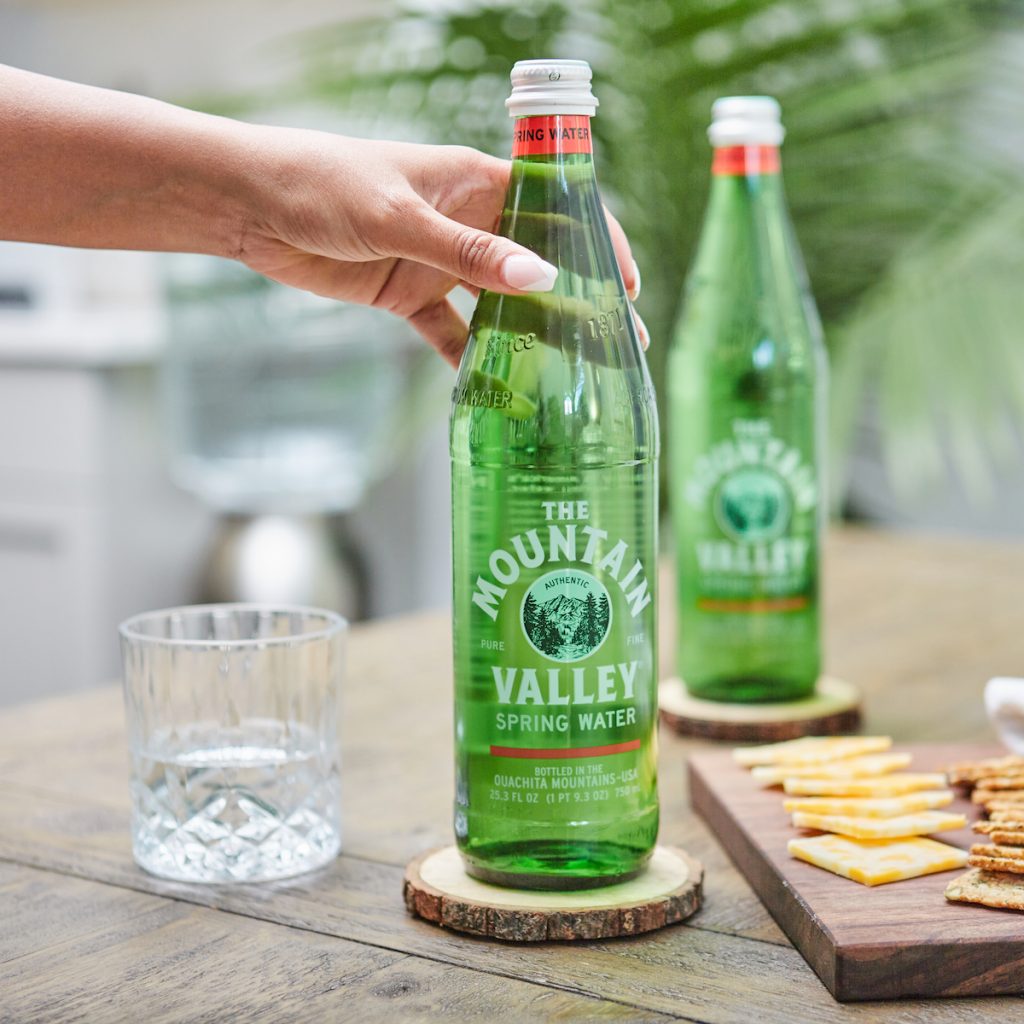
A spring in Arkansas is the source of the Mountain Valley brand of spring water. The majority of the time, it is of high quality and is packaged in robust, reusable glass bottles. It is, however, somewhat pricey and might not be available to everyone.
This water comes from natural springs, which means it naturally contains minerals like calcium, magnesium, and potassium. While some enjoy the distinctive flavor and perceived health benefits of mineral-rich water, others may find it to be a little earthy, which may not be too everyone’s taste.
Mixed Reviews: Deer Park
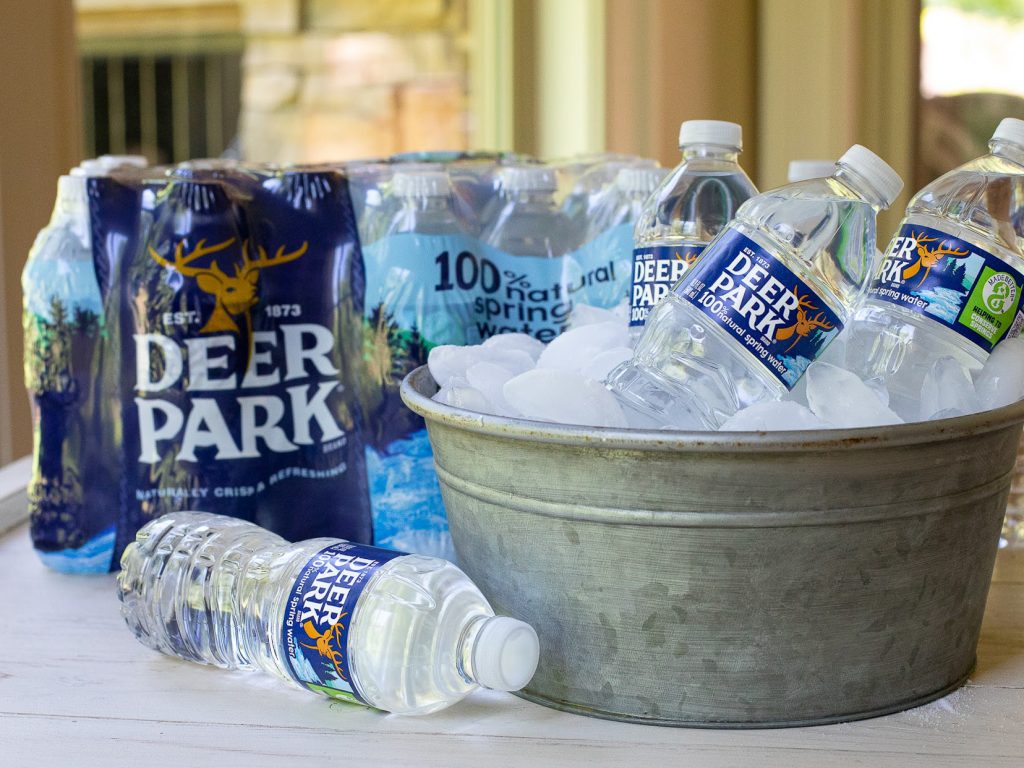
A variety of American springs are used to produce the Deer Park brand of spring water. Springs often possess unique mineral compositions, contributing to the taste and potential health benefits of the water. The natural filtration processes through rocks and soil can enhance water purity.
It is frequently packaged in single-use plastic bottles, which might be bad for the environment, it is normally of acceptable quality.
The business has additionally drawn criticism in the past for using water from Californian regions that are experiencing a drought.
Mixed Reviews: Ice Mountain
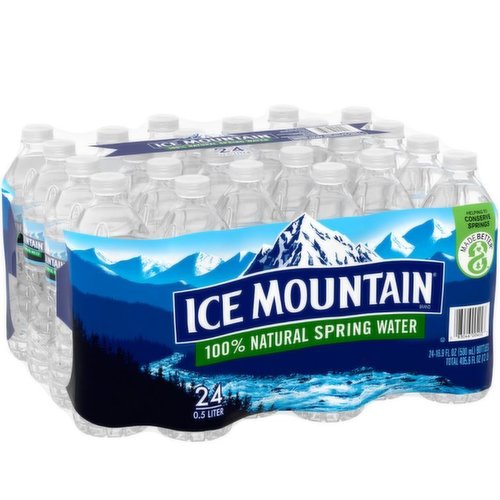
A brand of bottled water called Ice Mountain uses spring water that has been cleaned and is found in the Midwest. For those seeking a cool, hydrating beverage, Ice Mountain water is a popular option because of its crisp, clear flavor. Belinda Chang, a water sommelier, ranked Ice Mountain as one of the most neutral-tasting water brands she has ever tried. However, she did not like the aftertaste, noting it tasted ‘mineral and pipe-like’
Ice Mountain Water prioritizes sustainability. The brand is committed to protecting and preserving natural resources, implementing measures to reduce its carbon footprint and packaging waste. By choosing Ice Mountain Water, consumers can contribute to environmental conservation.
Mixed Reviews: Icelandic Glacial
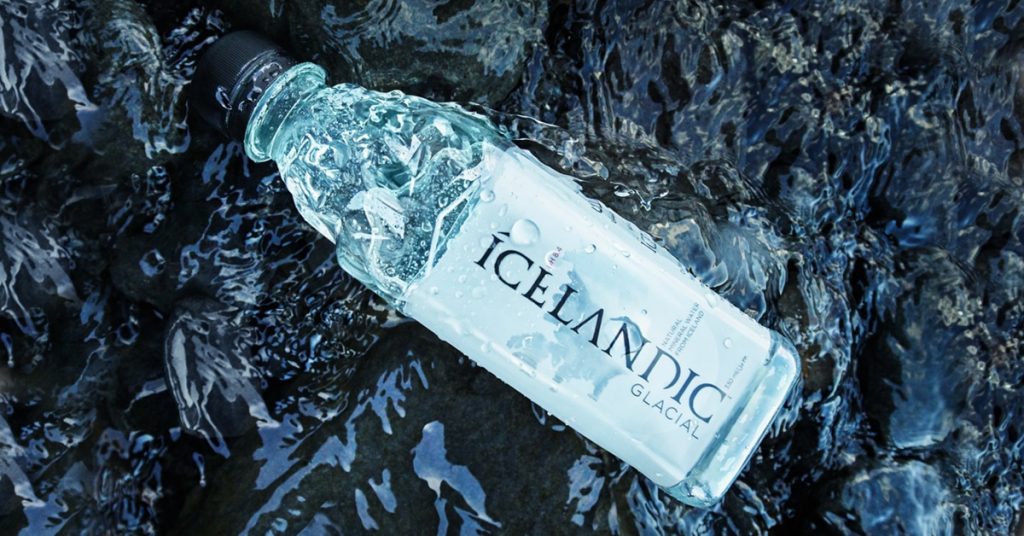
A high-end brand of bottled water from Iceland’s Spring is called Icelandic Glacial water. It has a clean, refreshing flavor and is renowned for its high pH level and minimal mineral content. In addition, Icelandic Glacial is touted as coming from a sustainable source thanks to the company’s involvement in carbon offsetting and renewable energy projects. Overall, individuals like the sustainability, cool packaging and taste of Icelandic, however, some noted that when warm, it has a bitter taste.
Mixed Reviews: SmartWater
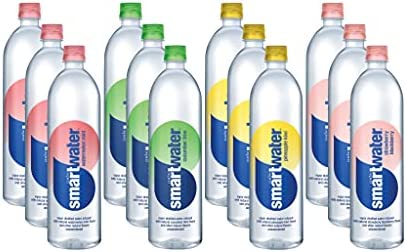
The Coca-Cola Company owns the filtered water brand SmartWater. It is produced utilizing a secret method that incorporates vapor distillation, which clears the water of pollutants and toxins. Additionally enhanced with electrolytes, SmartWater is said by some to taste more reviving.
Mixed Reviews: Core Hydration
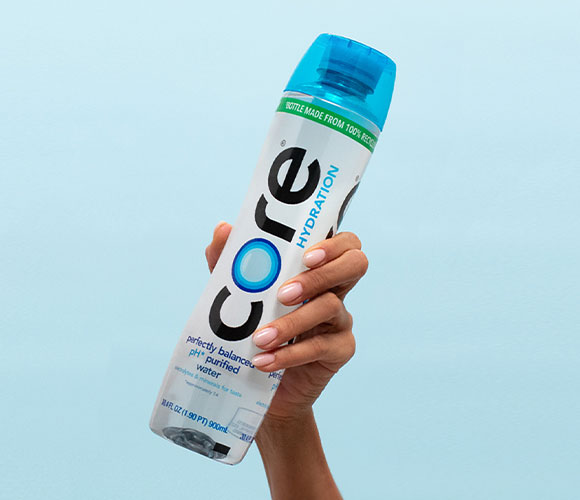
Core Hydration is a brand of purified water that is specifically formulated to have a pH level of 7.4, which is similar to the pH level of the human body. This is intended to make it more easily absorbed by the body and more hydrating than other types of water. Core Hydration is also treated with an electro-alkaline process that adds minerals back into the water to enhance its taste. Reviewers liked it best really cold.
Mixed Reviews: LifeWtr
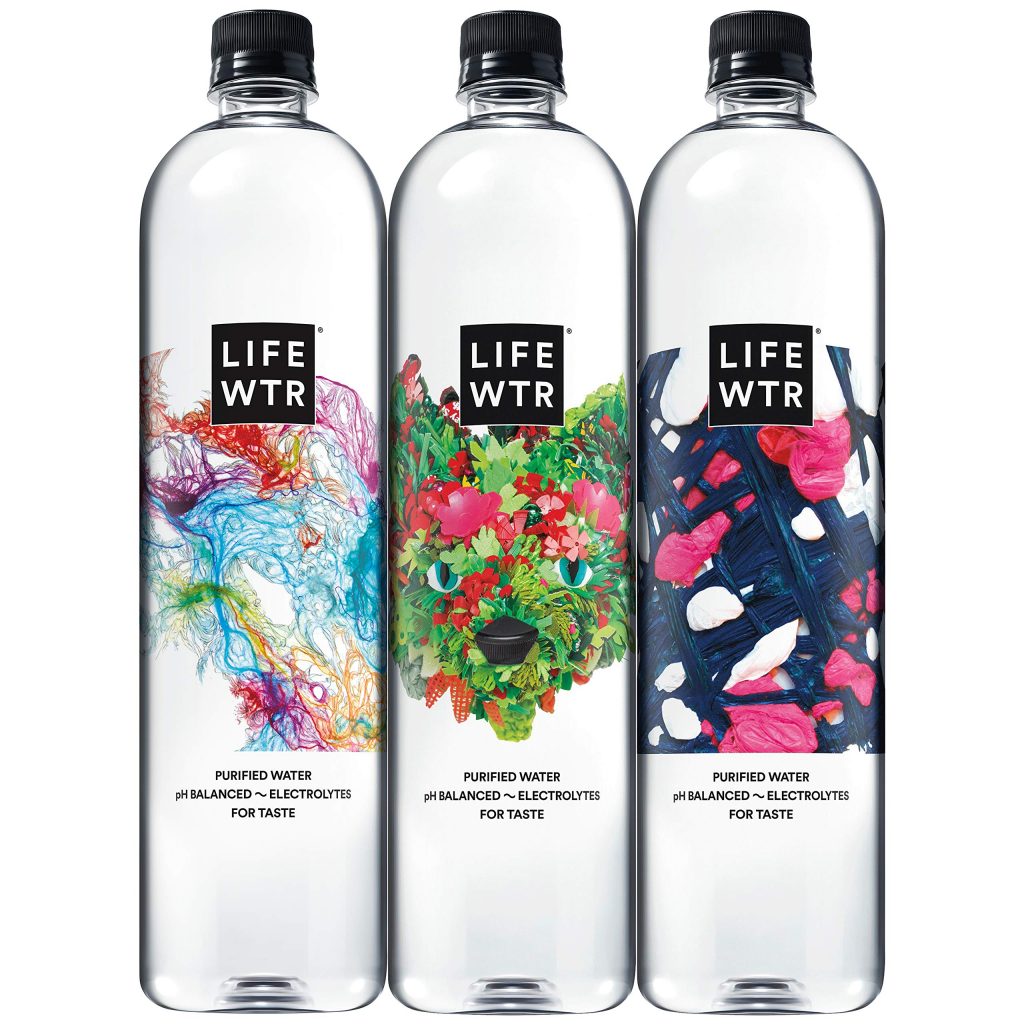
PepsiCo owns the premium bottled water brand LifeWtr. Reverse osmosis is used to purify it, and minerals are added for flavor. LifeWtr is renowned for its artsy packaging, which showcases a variety of works from up-and-coming designers. The taste is pretty neutral.
Mixed Reviews: Great Value
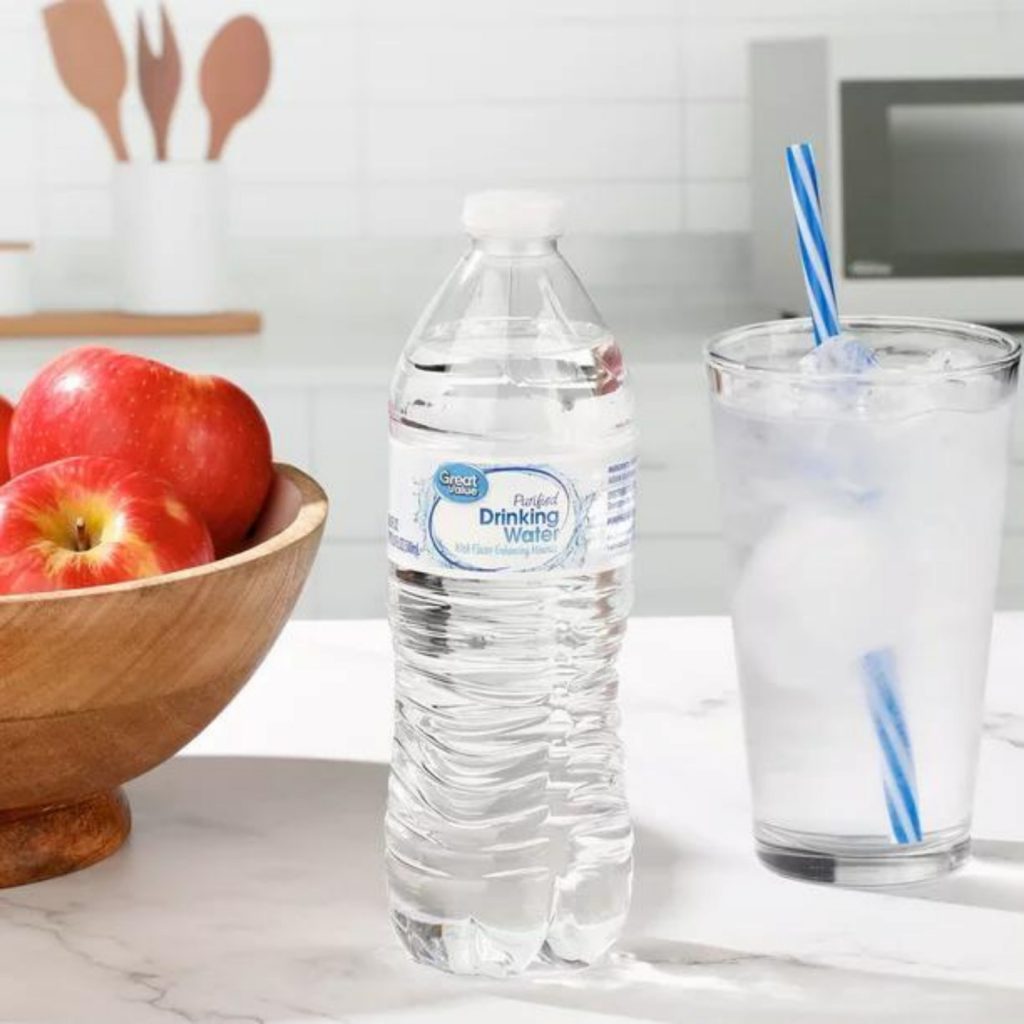
Great Value, a private label brand of Walmart, receives mixed reviews when it comes to its bottled water. Taste preferences for water can vary widely among individuals. While some consumers find the taste of Great Value water to be clean and refreshing, others may perceive a slight aftertaste or blandness. Taste perception can be subjective and influenced by factors such as individual sensitivity and water source.
Great Value water bottles typically come in standard plastic packaging. Some consumers may have concerns about the environmental impact of single-use plastic bottles and prefer more sustainable options.
As a private label brand, Great Value may source its water from different suppliers. This can result in inconsistencies in quality, taste, and overall consumer experience.
Best: Ozarka
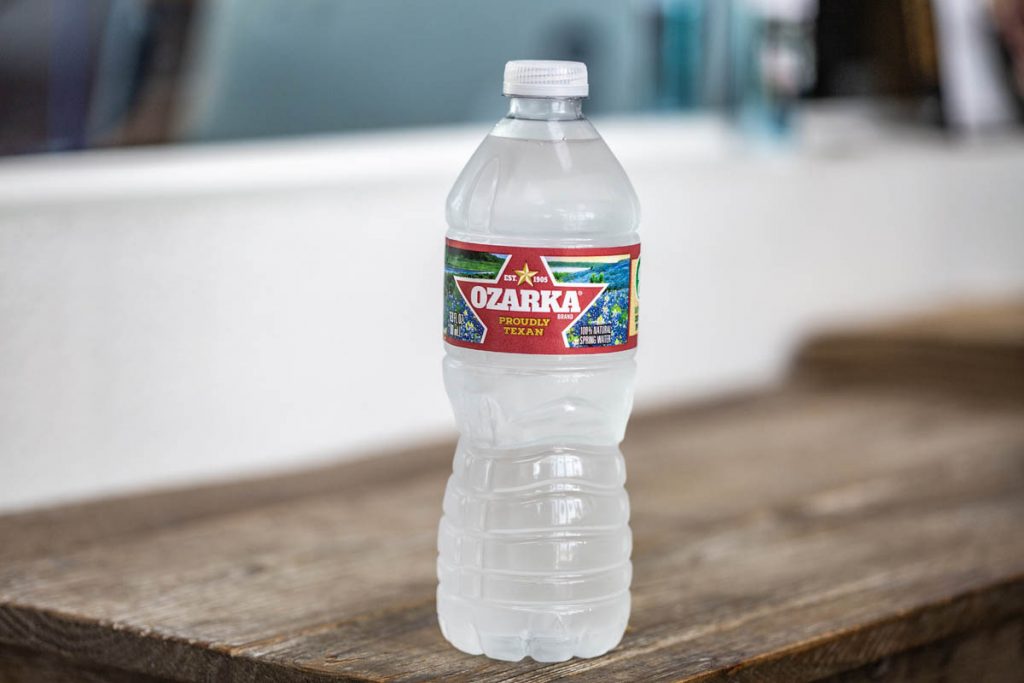
Ozarka water is sourced from carefully selected natural springs located in Texas. The springs are nestled in protected areas, ensuring the preservation and quality of the water.
Ozarka water is known for its pure and refreshing taste. The water undergoes a meticulous filtration process that removes impurities while retaining essential minerals, resulting in a crisp and satisfying flavor.
Ozarka has earned the trust and loyalty of consumers over the years. Its commitment to quality, transparency, and customer satisfaction has contributed to its reputation as a reliable and preferred brand.
Considering the trusted water source, pure taste, stringent quality assurance, environmental stewardship efforts, and consumer trust, Ozarka water bottles consistently rank among the best choices for those seeking high-quality bottled water.
Best: Boxed Water
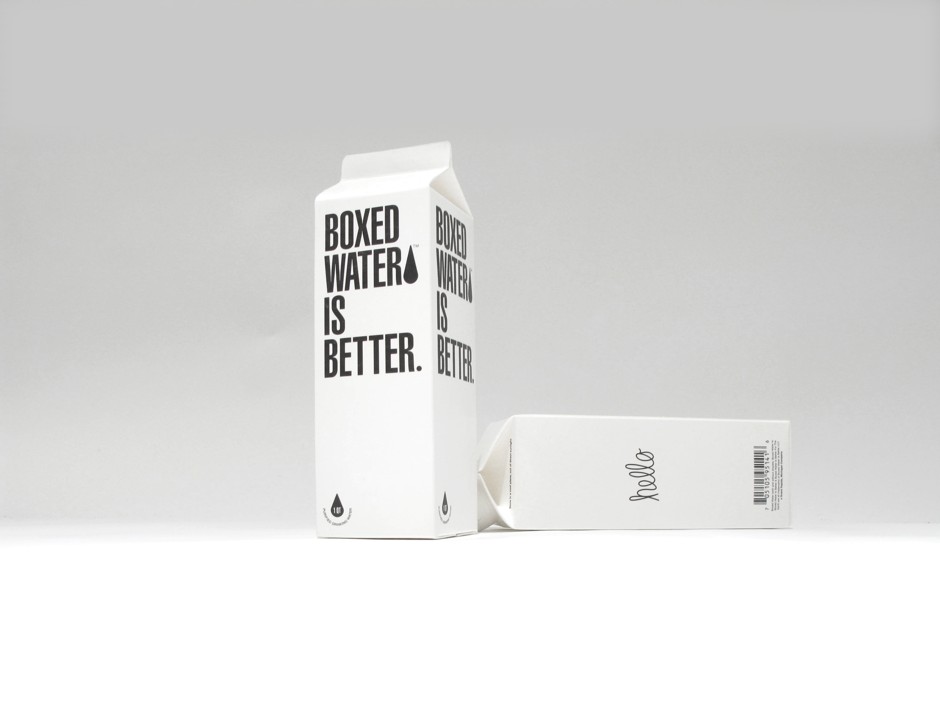
Boxed Water is a brand of filtered water that comes in paper-based cartons as opposed to plastic ones. Because the cartons are created from a renewable resource and can be recycled, the company hopes to offer a more environmentally friendly alternative to conventional bottled water. Reverse osmosis is used to purify Boxed Water. The taste is refreshing and clean with no fillers or minerals added.
Best: Ethos

The Starbucks Corporation owns the bottled water brand Ethos. Reverse osmosis is used to purify it once it is extracted from natural springs. The Ethos Water Fund, which aids clean water programs in underdeveloped nations, receives a share of the sales proceeds from Ethos water. It’s a water you can feel good about drinking.
Best: Zephyrhills
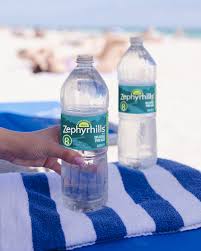
Zephyrhills, a renowned brand of bottled water, is highly regarded and often considered among the best options available. Zephyrhills water is sourced from natural springs located in Zephyrhills, Florida. These springs benefit from the unique geological characteristics of the region, which contribute to the exceptional taste and purity of the water.
Zephyrhills water is known for its refreshing and clean taste. The water has a well-balanced flavor profile that is often described as crisp and satisfying, making it enjoyable to drink.
Zephyrhills prioritizes stringent quality control measures to ensure the water meets the highest standards. The water undergoes thorough testing and analysis to guarantee its safety and purity.
Considering the pristine water source, refreshing taste, stringent quality control, sustainability efforts, and trusted brand reputation, Zephyrhills water bottles consistently rank among the best options for those seeking high-quality bottled water.
Best: Kirkland Signature
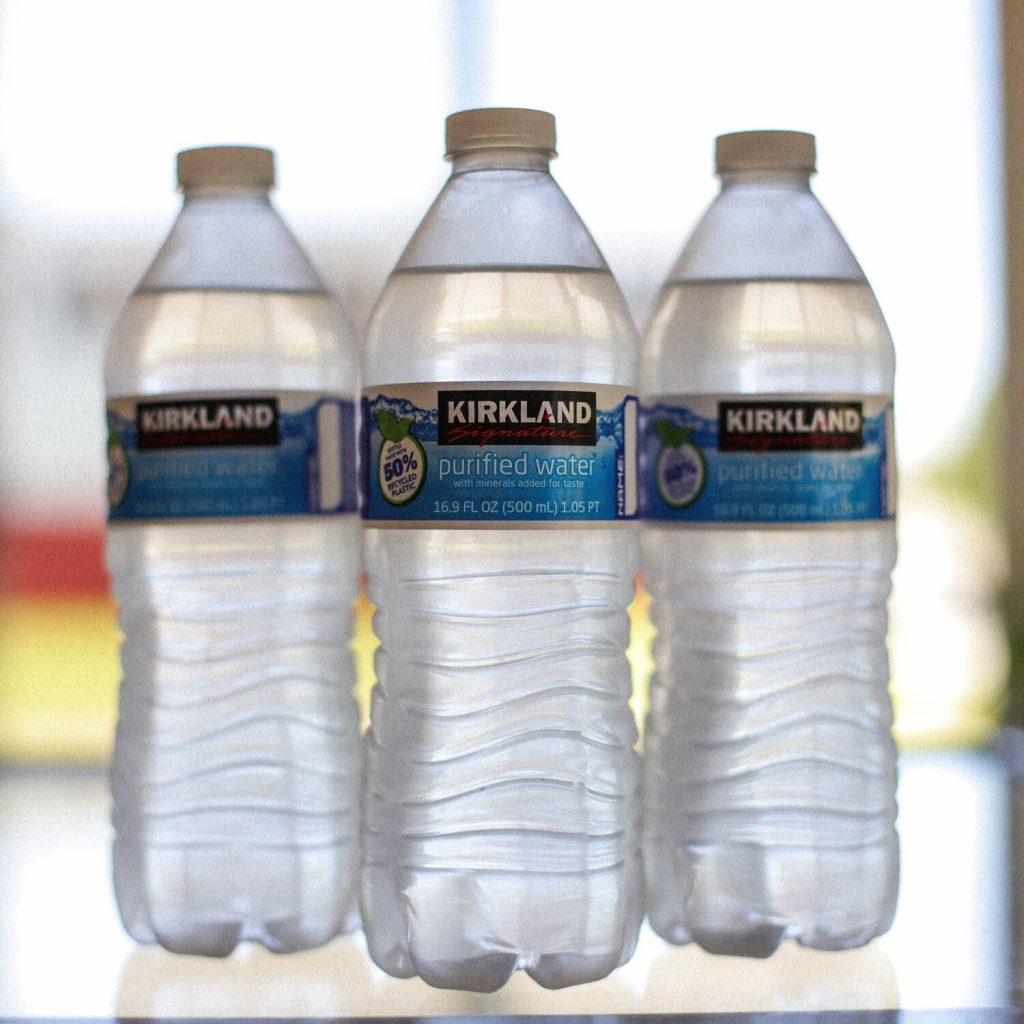
Kirkland Signature, the private label brand of Costco, is often regarded as one of the best bottled water options available. Kirkland Signature maintains high-quality standards for its bottled water. The brand is committed to providing safe and reliable drinking water, adhering to rigorous testing and quality control measures.
Many consumers appreciate the refreshing and clean taste of Kirkland water. The water is often described as crisp and pure, without any noticeable aftertaste or chemical flavors.
Kirkland Signature offers excellent value for the quality it provides. Costco’s bulk packaging allows consumers to purchase larger quantities at a competitive price, making it a cost-effective choice for those seeking high-quality water.
Best: Fiji Water
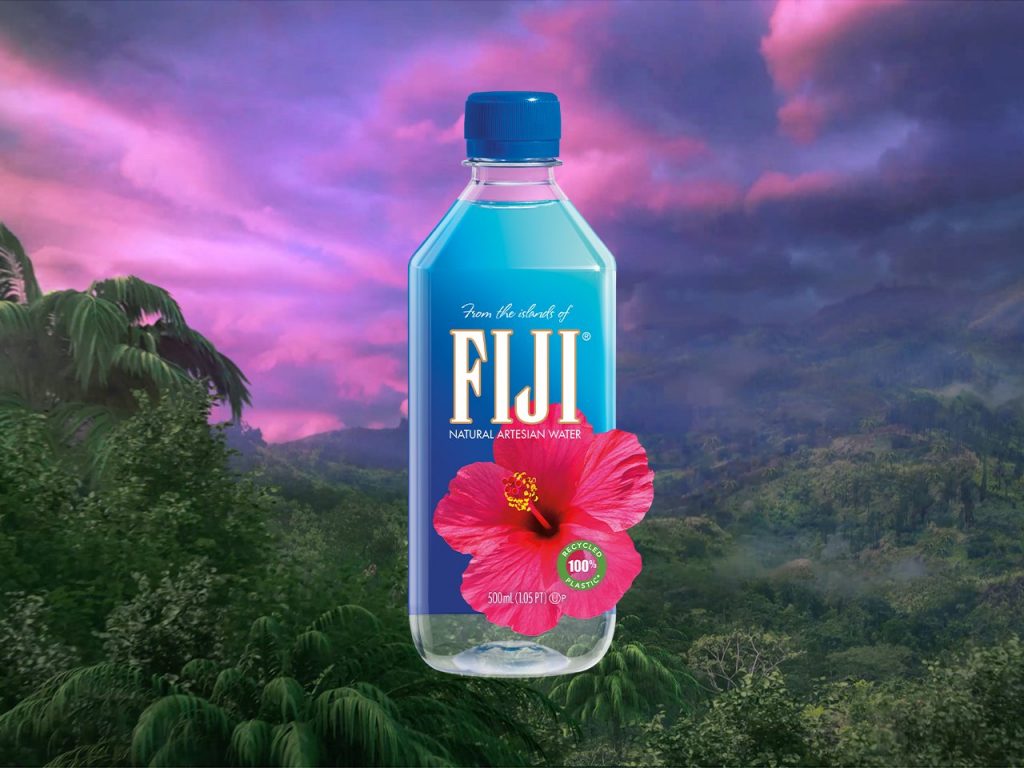
A single artesian aquifer in the Fiji Islands is the source of the bottled water brand Fiji Water. The water acquires a distinct and energizing flavor as a result of naturally filtering through layers of volcanic rock. Additionally, Fiji Water is dedicated to sustainability and has carried out several environmental projects, such as using recycled materials in its packaging and safeguarding regional ecosystems.
Overall, while all of these bottled water brands can be hydrating, it is important to consider the source of the water and the environmental impact of the brand before making a purchase. Fiji Water is the best option on this list, as it is sourced from a natural and sustainable source, and the company has a strong commitment to environmental responsibility.
Living
Biggest Sea Turtle Release Ever on Georgia’s Jekyll Island
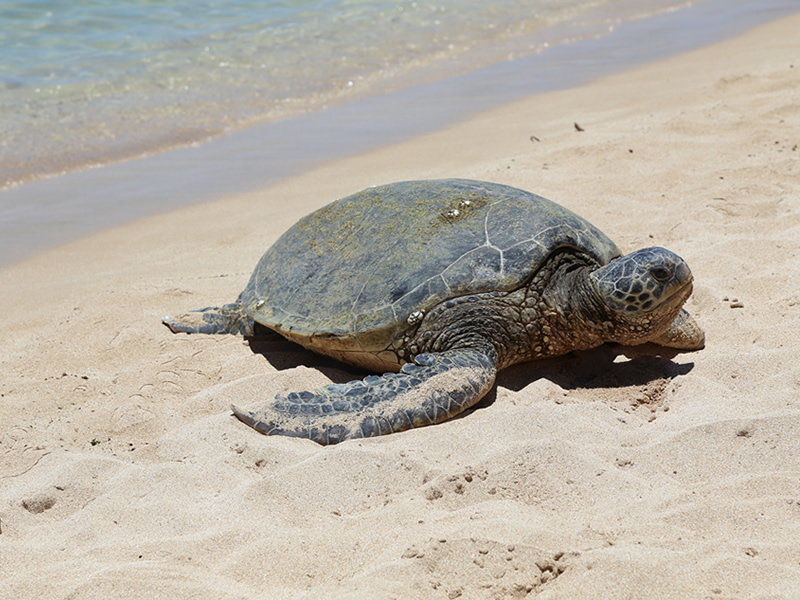
In two days, Georgia will witness its largest sea turtle release ever on Jekyll Island. The Georgia Sea Turtle Center announced that over 30 turtles will be returned to the sea. These turtles come from various places like Turtles Fly Too, NOAA, Mystic Aquarium, New York Rescue Center, and New England Aquarium.
Many of these sea turtles needed help because they were cold-stunned, but now they are better and ready to go back to the ocean.
Sea turtles are fascinating creatures. They live in oceans around the world and are known for their long migrations. Some species travel thousands of miles to lay their eggs on the same beaches where they were born. They are also ancient animals, having been around for over 100 million years, which means they shared the planet with dinosaurs.
Sea turtles like to eat a variety of foods. Depending on the species, their diet can include jellyfish, seaweed, crabs, shrimp, and even small fish. They have a unique way of navigating the ocean, using the Earth’s magnetic field to find their way.
Unfortunately, sea turtles face many challenges. They are threatened by habitat loss, pollution, climate change, and accidental capture in fishing gear. That’s why the work of rescue centers and rehabilitation programs is so important to help these vulnerable sea creatures survive and thrive in their natural habitat.
Living
Drones Are A Powerful Ally For Animal Right Campaigners
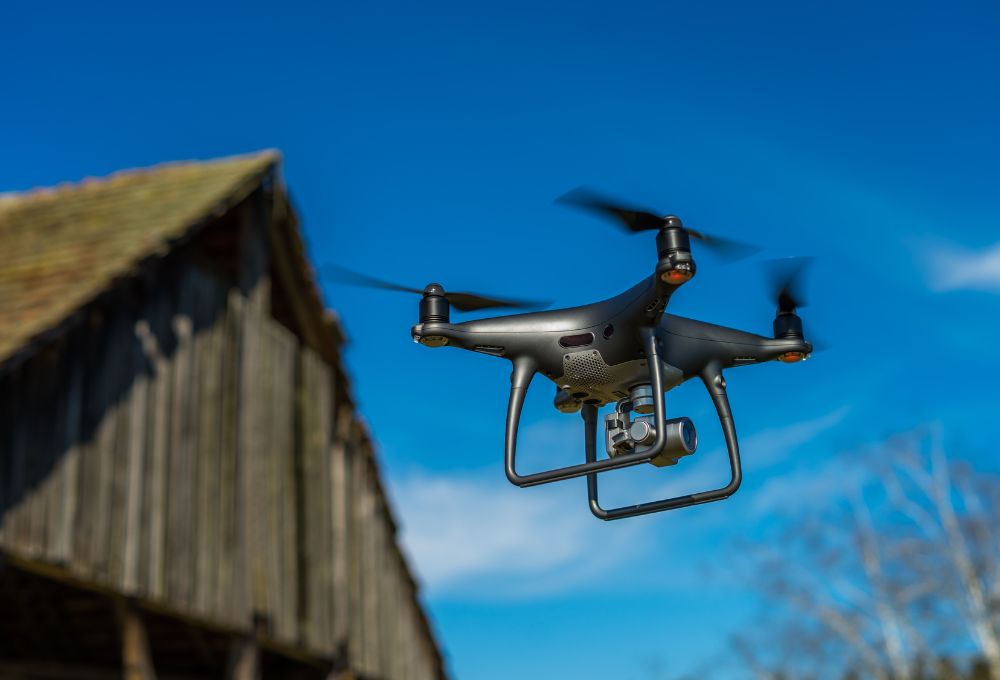
Drones have become powerful allies for animal rights campaigners, offering a bird’s-eye view that’s hard to beat. These flying gadgets are not only affordable but also simple to operate, making them perfect for keeping an eye on illegal activities like fishing, hunting, and deforestation. They’re also great for monitoring conditions in zoos and aquariums.
A striking example comes from UrgentSeas, an organization that sprang into action after hearing about a lonely manatee at the Miami Seaquarium. Using drones, they captured footage of the manatee, named Romeo, in a neglected pool. The video went viral, leading to public outrage and eventually the relocation of Romeo and his mate Juliet to a sanctuary.
Since their introduction in the early 2010s, drones have been revolutionary for groups like PETA, who’ve used them to uncover illegal hunting activities. In marine conservation, drones offer an unparalleled view of the living conditions of sea creatures, highlighting the cramped spaces in some facilities.
Sea Shepherd, a marine conservation group, utilizes drones to document illegal fishing activities in international waters. The advancements in drone technology have made these devices quieter and more discreet, crucial for documenting illegal actions without alerting the perpetrators. Simon Ager of Sea Shepherd emphasizes the effectiveness of drones in these operations, noting their ability to capture evidence of illegal activities from a safe distance, thus reducing the risk to conservationists.
In essence, drones are more than just tools; they represent a shift in how activists and conservationists can safely and effectively gather evidence, raise awareness, and prompt action to protect animals and their habitats. They enable discreet observations and can reach places that are otherwise inaccessible or risky for humans, proving to be an indispensable asset in the fight for animal rights and environmental protection.
Living
New Bazaar Blends American & Indian Cultures
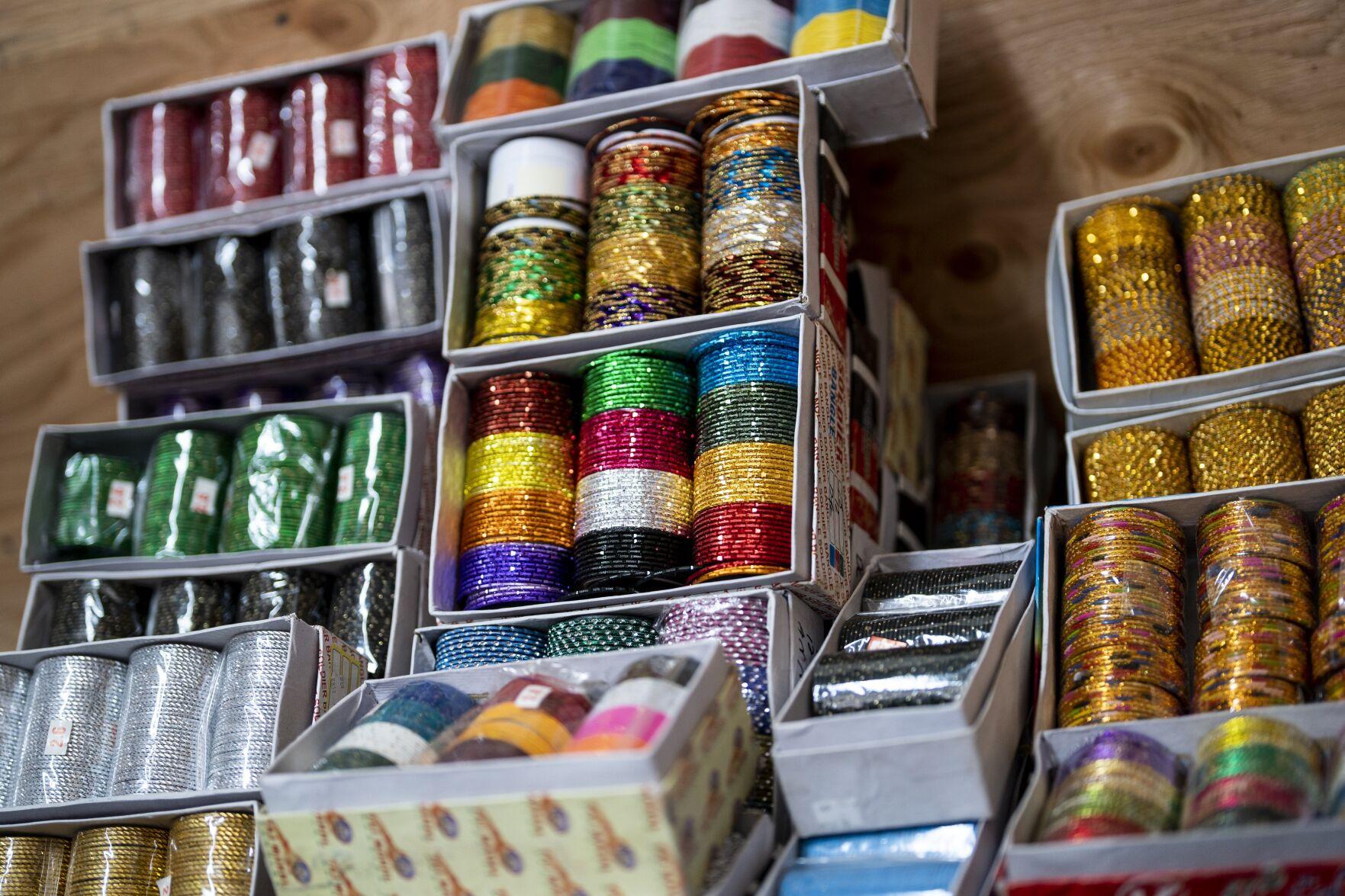
In Buffalo’s East side, something exciting is happening at the Buffalo Trade Center! It’s becoming a bustling market, blending Indian and American cultures, thanks to Samad, a visionary with Indian roots but raised in the U.S. This new market isn’t just any ordinary place; it’s a vibrant bazaar with 30 vendor stalls, offering a sneak peek into a future filled with shops, a halal supermarket, offices, a playground for kids, a restaurant, a food hall, and a community center.
Samad, together with his uncles Khaled Ali, Iqbal Ali, Moynul Samad, and Faisal Ahmed, owns this center. They’re embarking on an ambitious project, starting with the vendor stalls and a retail liquidation center, all set to open this summer. But the excitement has already begun with a pop-up vendor festival, especially timed for Ramadan, attracting thousands of people and giving a taste of what’s to come.
This market is more than just a place to shop; it’s a springboard for aspiring business owners. Samad’s idea is to create a space where anyone with a dream can start their business journey with minimal initial costs and supportive surroundings. Last year, this place drew in 5,000 visitors, and it’s clear it has a special vibe that people love.
Samad’s vision extends beyond business. He aims to build a community that reflects the diversity and inclusivity of Buffalo itself. He’s looking for vendors who are not only entrepreneurial but also kind and welcoming to everyone, reinforcing that the Buffalo Trade Center is a place for all, not just for the Bangladeshi community.
Through Samad’s efforts, the Buffalo Trade Center is set to be a hub where different cultures meet and mingle, proving that despite our diverse backgrounds, we share more similarities than differences. This market is shaping up to be a place where community, culture, and commerce come together beautifully.
Living
Eagle Rescue: Maryland Officer Saves Bald Eagle Trapped in Car Grille
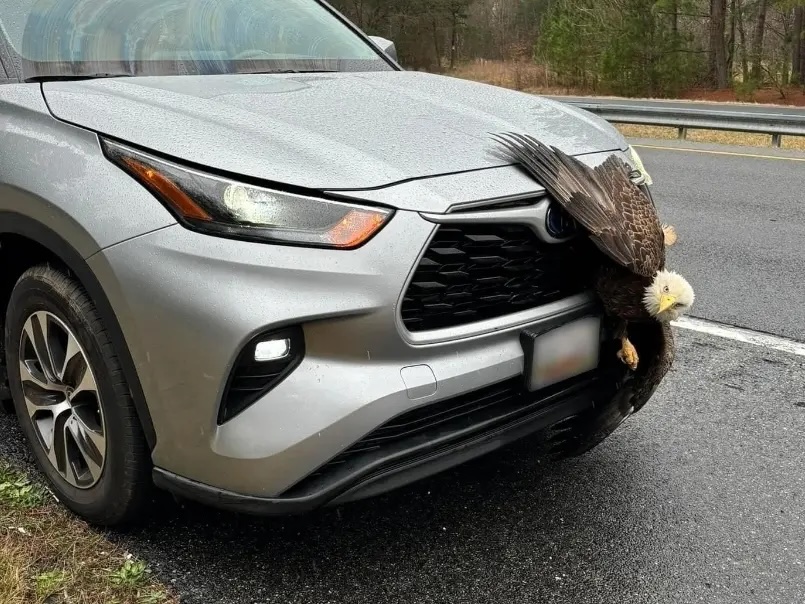
In Calvert County, Maryland, a bald eagle had a close call after it got trapped in the front grille of an SUV. This unusual rescue story started when a driver hit the eagle on Route 4 last weekend. Despite the scary collision, the eagle survived, but its legs were caught in the car’s grille.
The driver quickly called for help, and Animal Control Officer Hannah Neel rushed to the scene. With her background as an emergency veterinary technician, Officer Neel was well-prepared to help the eagle. She even contacted a local veterinary hospital right away, just in case the bird needed immediate medical care.
When Officer Neel arrived, she found that, thankfully, the eagle wasn’t hurt. She carefully checked the eagle to make sure it wasn’t showing any signs of injury or illness. Neel found that the eagle could move all its legs and was responding normally, which was a good sign.
With help from the Calvert County Sheriff’s Office and the driver’s permission, Officer Neel managed to free the eagle from the grille. After making sure the eagle was okay, she released it back into the woods, where it could fly free again.
Julie Yingling, a county spokesperson, praised the teamwork that led to the eagle’s safe rescue. She expressed gratitude for the community’s support and concern for the eagle, as well as for everyone involved in the rescue effort.
This incident shows how quick action and collaboration can lead to a happy ending, even in unexpected situations like an eagle getting stuck in a car grille. Thanks to Officer Neel and the team’s efforts, the bald eagle was able to return to the wild, safe and sound.
Living
Girls Auto Clinic: Empowering Women One Car at a Time
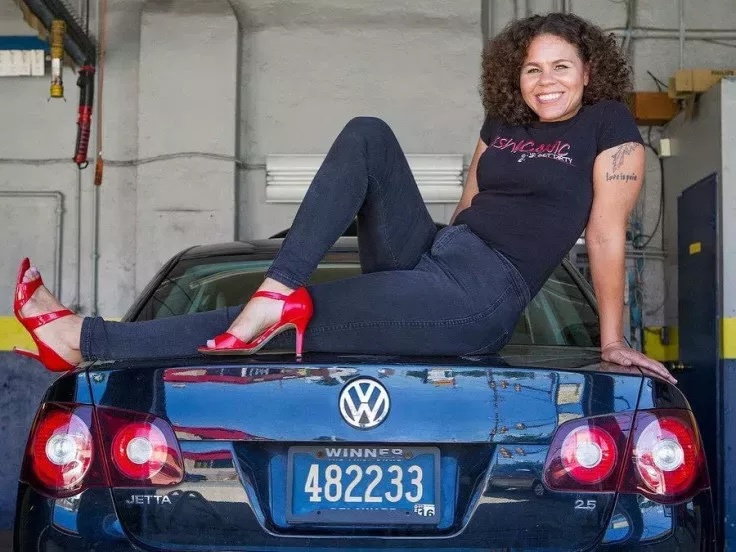
Imagine going to get your car fixed and getting a free manicure or pedicure while you wait. Sounds too good to be true? Not at Girls Auto Clinic in Upper Darby, PA! This unique auto repair shop is run entirely by women and has become famous for its trustworthiness and extra perks like manis and pedis for customers.
The auto repair industry has been mostly male-dominated, with women making up just 12% of the workforce. But Girls Auto Clinic is changing that. Patrice Banks, the founder, was once an engineer who felt intimidated by traditional repair shops. She said, “I was tired of feeling helpless and having to go talk to a guy. I was afraid I was going to be taken advantage of.” So, she decided to make a change.
While still working at DuPont, Banks began teaching herself car mechanics. She realized that finding a female mechanic was tough, so she took matters into her own hands. She enrolled in a night school for mechanics, where she was the only woman among younger male students. Banks eventually left her high-paying job to dive fully into the world of auto repair, gaining experience by working in garages around Philadelphia.
At Girls Auto Clinic, not only do customers get their cars fixed, but they also enjoy free manicures or pedicures. Banks got the idea from her own experiences. “Me and my girlfriend would go to a Jiffy Lube next to a nail salon on our lunch break, get our oil changed, and then get our nails done,” she recalls. This efficient and enjoyable routine inspired her to offer similar services at her own auto clinic.
Banks emphasizes the importance of empowering women to understand their vehicles better. She believes in teaching customers about their cars to help them feel more confident and knowledgeable. “Mechanics do a lot of diagnosing from hearing, seeing, feeling, and smelling. So if we can hear, see, feel, and smell it, so can you,” Banks explains.
Girls Auto Clinic isn’t just an auto repair shop; it’s a place where women can feel comfortable, understood, and empowered. With its unique blend of automotive services and beauty treatments, Girls Auto Clinic is redefining the auto repair experience and proving that women can excel in this field.
-

 OMG6 years ago
OMG6 years agoA Couple Gave Birth to the Most Beautiful Twins Ever
-

 OMG6 years ago
OMG6 years ago20 Rare Historical Photos
-

 OMG6 years ago
OMG6 years agoHilarious Airport Photos
-

 Cute5 years ago
Cute5 years agoMom Refuses to Let Daughter Eat Sugar and Years Later This is What She Grows Into
-

 OMG5 years ago
OMG5 years agoTop Secret Air Force One Facts That You Never Knew
-
OMG5 years ago
The Funniest Yearbook Photos Of All Time
-

 OMG6 years ago
OMG6 years agoRetired Mathematician Restores Log Cabin
-

 OMG4 years ago
OMG4 years agoWhat Happened When This ‘Duck Dynasty’ Legend Chopped Off His Beard?